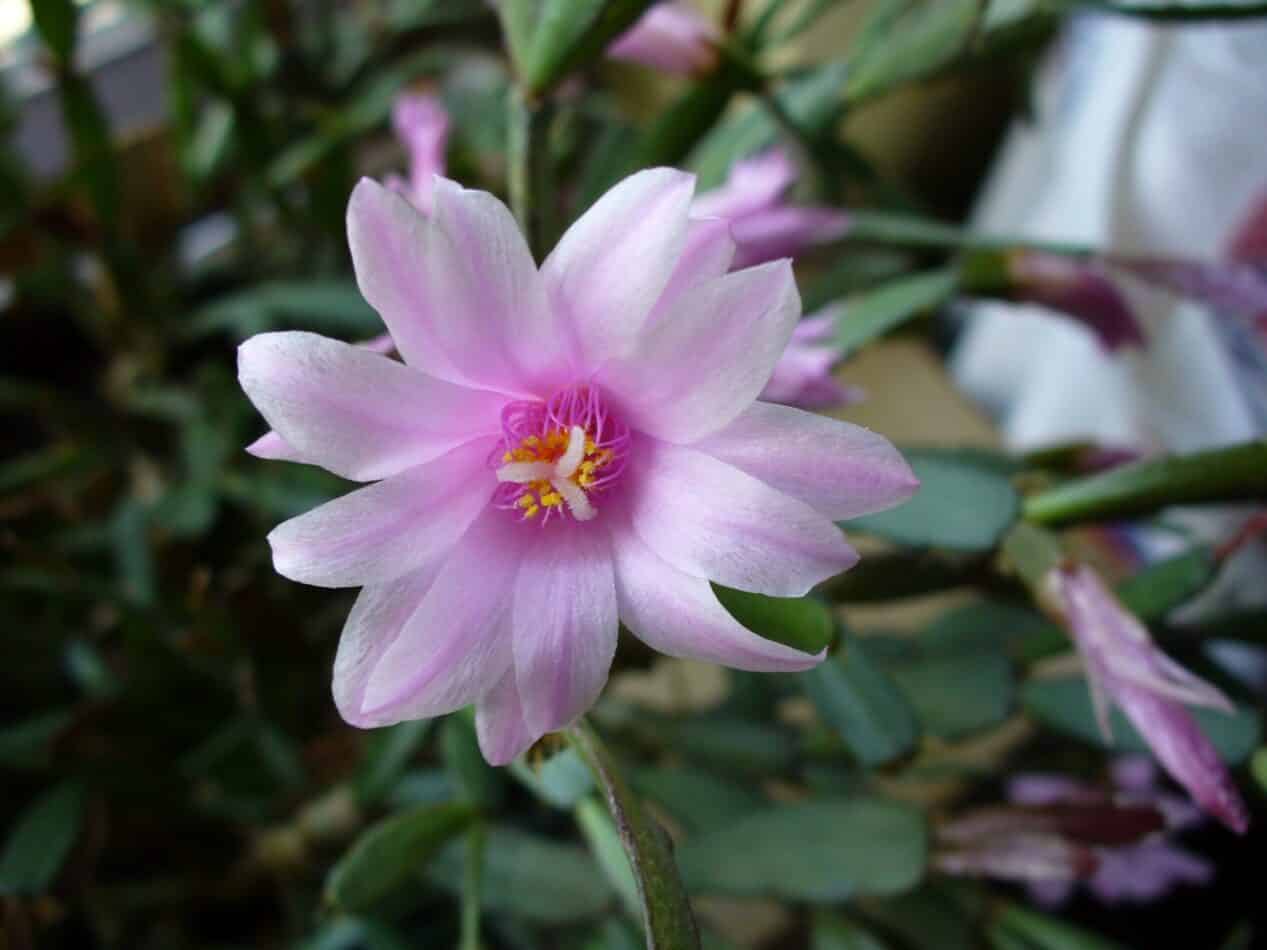Asters have a long and fascinating history. Their name is derived from the Greek word for “star” as these beautiful flowers look unlike any other, forming a star at the top of the stem. Aster amellus, more commonly known as Italian Asters, is a species of herbaceous flowering plants in the family Asteraceae. These Asters offer a strikingly beautiful display in autumn months of shimmering stars of lavender to blue with bright yellow centers.
How to Plant
Italian Asters thrive in moist, well-drained soil in either full or partial sun. They have shorter roots so they don’t need large quantities of soil. Asters should be planted in early spring, when temperatures are still relatively cool, in a soil with a pH of between 6.0 to 7.2. Water newly planted Asters often to keep the soil moist until they’re established. They prefer a cool climate, so it’s best to keep them out of the sun during especially hot days. Asters are low-maintenance, requiring only modest amounts of fertilizers and water.
Meaning and Symbolism
In the language of flowers, Italian Asters represent patience, delicacy, and loyal love. Their star-shaped blooms bring promise of beautiful things to come, a refreshing lift to the trail of the cool autumn months. They are a reminder that the path of love is often bumpy yet still calls for resilience.
History, Mythology & Religious Significance
Asters have been admired and respected for centuries, believed to be a symbol of powerful forces of nature in Greco-Roman mythology. They are imbued with strength and resilience, and are believed to encourage growth and good luck. In Christianity, Asters embody self-reverence and humility, and in Hinduism, they symbolize a commitment to live life in its entirety, reflecting upon its beauty and the joy of it’s gifts.
Flower Varieties and their Defining Characteristics
Aster amellus, or Italian Asters, is an herbaceous perennial that grows to a height of 10-15cm. These compact plants are covered in beautiful lavender to blue flowers with bright yellow centers. Bees and butterflies adore these low-growing flowers, and can be seen flitting around them throughout their blooming season. Italian Asters are drought tolerant and look stunning in borders and rock gardens.
How to Pot and Repot
When potting Asters, it’s important to use a good-quality potting compost in a pot that’s just slightly larger than the plant’s root-ball. Unless the plant is very small, it’s best to use a container with drainage, such as a sunken pot, to ensure the soil doesn’t become too waterlogged. When it’s time to re-pot, use a potting mix with a pH of 6-7.5, and water the Asters frequently. Be sure to thoroughly drench the soil when re-potting, as the roots can’t be totally saturated if the soil is dry.
How to Prune
Italian Asters should be pruned annually. In early spring, just before the new growth appears, prune out any dead and diseased stems, and any that are growing in an awkward direction. These can easily be identified as the shoots will be overlaid and will look unhealthy. After pruning, de-thatch the plant, by carefully removing any dead leaves that are clinging to the stems. Make sure to never prune the flowers off after they bloom, as this disrupts their natural cycle.
How to Propagate
Asters are best propagated in late spring, by division or cuttings. For division, carefully lift the clump and divide it into separate sections, making sure each division has at least 3-5 shoots and roots. Plant each division into a small pot filled with compost and keep it in a cool, bright spot. To propagate via cuttings, use a sharp knife to cut a 4” shoot in spring or summer and place it into a pot of well-drained compost. It should be well watered, and kept in a warm, bright location until rooted.
Common Pests and Diseases
Asters are largely pest-free, but can be affected by fungal diseases, such as powdery mildew and gray mold. To prevent diseases, water Asters in the morning so the leaves can dry quickly, and avoid getting the foliage wet if possible. Similarly, planting in an area that is well-ventilated and receives plenty of sunshine will help prevent disease. If any pests are spotted, remove them by hand or spray the plant with an insecticidal soap.
Frequently Asked Questions
Q: What type of soil is best for Aster Amellus?
A: Asters are best grown in moist, well-drained soil with a pH of 6.0 to 7.2. It is important to check the pH levels of the soil before planting, as it affects the health and growth of the plant.
Q: How often should I water Italian Asters?
A: Italian Asters should be watered deep and regularly during the growing season, until the ground has become quite dry. They do not require a lot of water, so make sure it drains properly or the roots may rot.
Q: How early should I begin pruning Aster amellus?
A: Pruning should take place in early spring, just before the new growth appears. Remove any dead or diseased shoots, and trim back any shoots that are growing in an awkward direction.
Fact Sheet
| Flower | Italian Asters & Aster Amellus |
| Family | Asteraceae |
| Plant Type | Perennial |
| Mature Size | 10 – 15cm |
| Sun Exposure | Full or partial sun |
| Soil Type | Moist and well-drained |
| Soil pH | 6.0 – 7.2 |
| Bloom Time | Autumn |
| Flower Color | Lavender to blue with bright yellow centers. |
| Hardiness Zones | 3-7 |
| Native Area | Southern Europe |
What we love from Amazon this week
Buy these wonderful flowers directly from Amazon:















